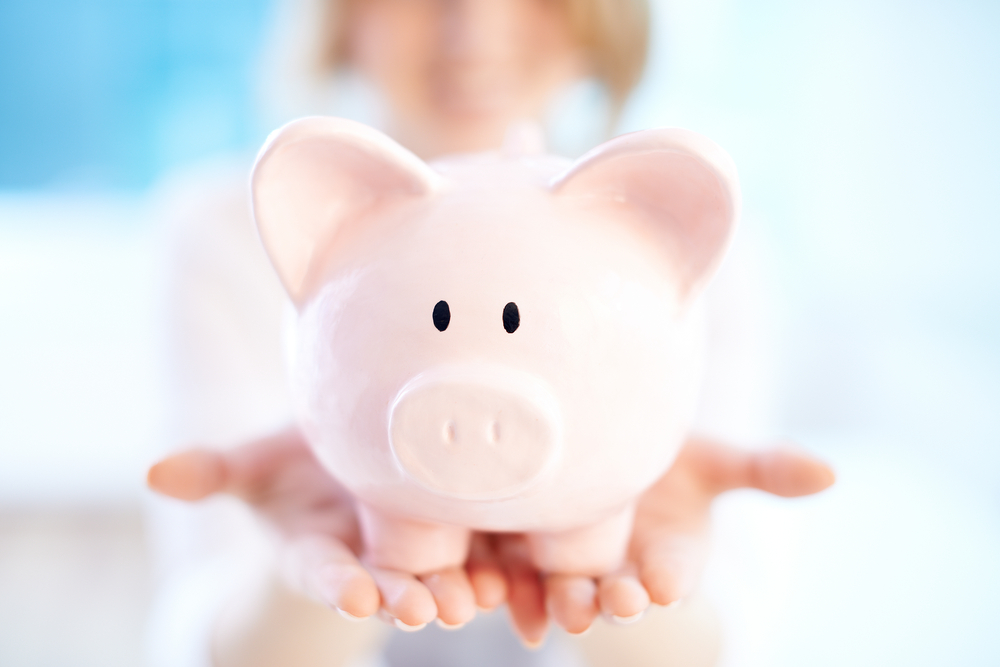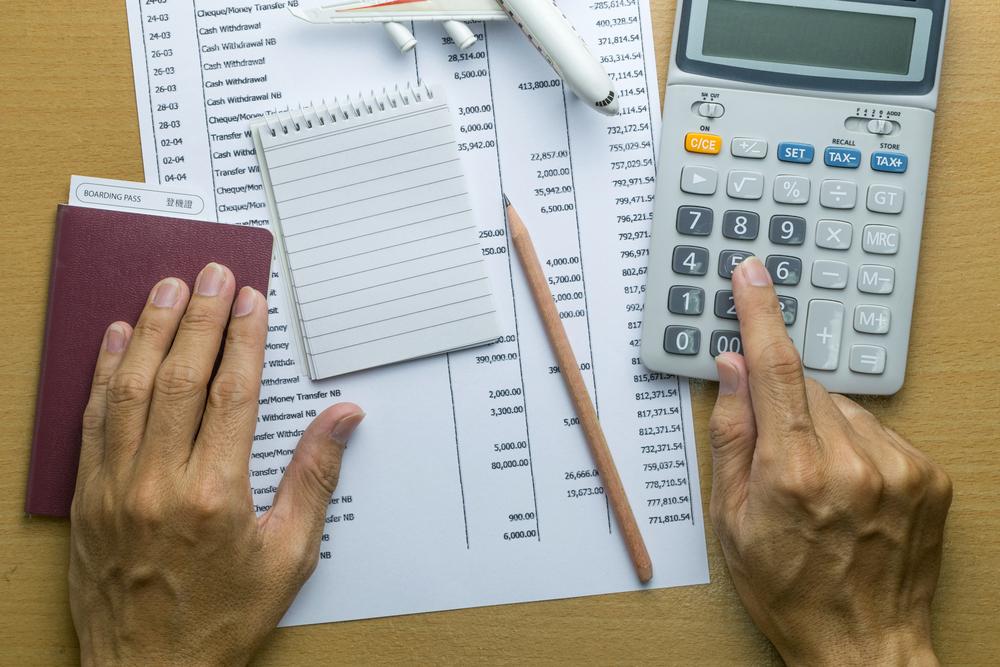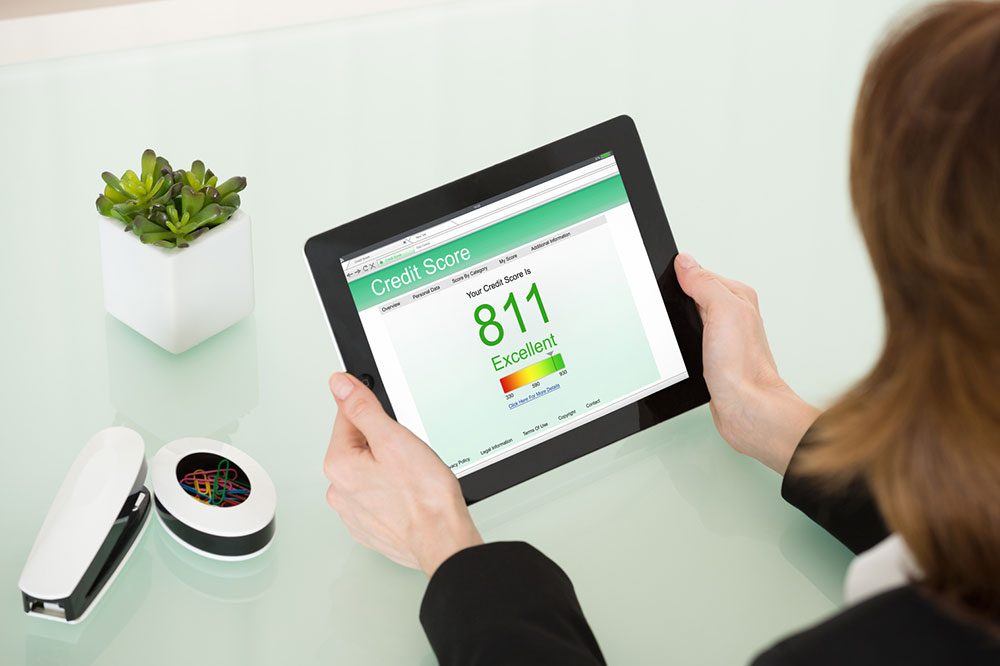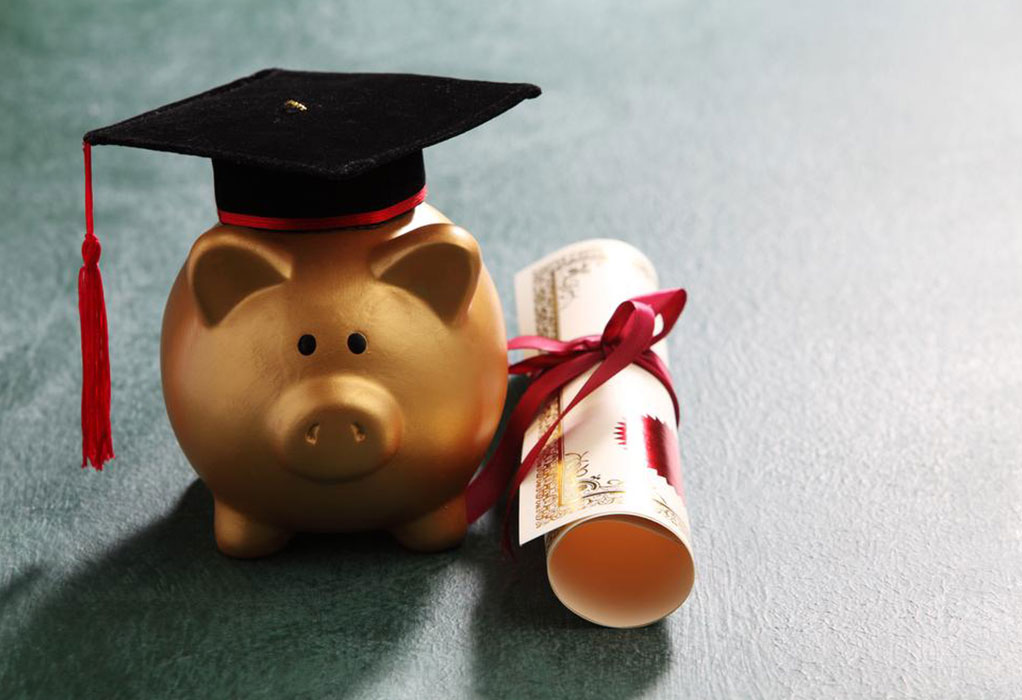Essential Guide to Building a Robust Emergency Savings Fund
This comprehensive guide explains the importance of emergency funds, their types, how to categorize emergencies, and tips for building a reliable savings reserve. Learn how to prepare financially for unexpected events, ensuring peace of mind and financial stability in challenging times.

Essential Guide to Building a Robust Emergency Savings Fund
An emergency savings fund is a dedicated reserve designed for unforeseen financial challenges when other funds aren't available. Its purpose is to cover unexpected expenses that may arise unexpectedly in the future. To ensure reliability, this fund should consist of secure and guaranteed investments.
What types of emergency funds are available?
Here are two primary categories to help you organize your savings effectively.
Short-term emergency fund
This fund is used immediately when urgent situations occur. It’s recommended to keep these funds in an easily accessible account, such as a checking or savings account, which may not offer high returns but ensures liquidity.
Future-proof your finances by maintaining a savings or checking account with a debit card for quick access.
Long-term emergency fund
This type of fund helps cover significant, impactful emergencies like natural disasters or job loss. It acts as a financial cushion for substantial expenses that could affect your long-term stability.
Why is having an emergency fund important?
It provides peace of mind, ensuring you're prepared for unexpected financial hardships without resorting to credit cards or borrowing from loved ones.
Having an emergency fund lets you handle unexpected costs confidently, without long-term financial strain. Regularly checking your fund ensures you're always ready for life's surprises.
Related Reading: 13 Financial Habits to Adopt Today
What qualifies as an “Emergency”?
Distinguish between wants and needs to determine when to tap into your emergency fund. For example, replacing a broken TV isn't an emergency, but urgent medical expenses or sudden home repairs are.
Use your emergency fund for situations that could cause long-term financial instability:
Recommended savings targets for emergency funds
Aim to save three to six months of living expenses in your long-term account, and approximately 10% of your income for quick-access short-term funds. Although building this amount takes time, it is vital for financial security.
What makes a good emergency fund?
Your emergency reserve should be:
By focusing on these criteria, you can develop a resilient emergency fund that prepares you for any unforeseen events.
Stay informed about personal finance tips by visiting Personal Finance. Follow us on Facebook and Twitter for latest updates and investment insights.










